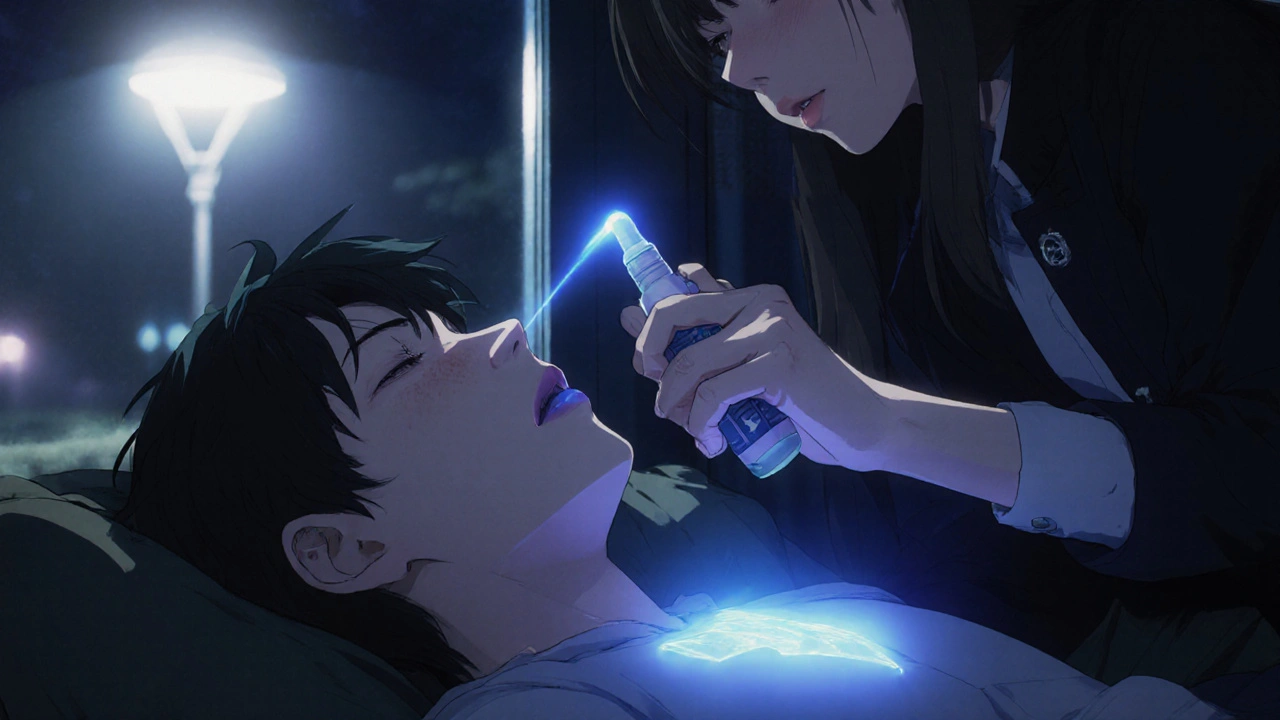When someone is experiencing an opioid overdose, a life-threatening reaction to too much opioid medication or illicit drug. Also known as opioid poisoning, it happens when breathing slows or stops because the brain can’t control it anymore. This isn’t rare—it’s happening every day. In the U.S., over 70,000 people died from opioid overdoses in 2022, and many of those deaths happened because no one recognized the signs in time.
The respiratory depression, a dangerous drop in breathing rate caused by opioids suppressing the brain’s drive to breathe is the main killer. You won’t always see someone passed out or shaking. Often, they’re just unusually quiet, their skin turns pale or blue around the lips, and their breathing is slow, shallow, or irregular—like they’re barely breathing at all. Their pupils may look like tiny pinpricks. If you shake them and they don’t respond, or if you can’t get them to wake up even with loud noise or sternum rub, that’s not sleep—that’s an emergency. And if you’re around someone using opioids, even prescribed ones, you need to know this: opioid overdose signs don’t wait for permission to happen.
Many overdoses now involve fentanyl, a synthetic opioid 50 to 100 times stronger than morphine, often mixed into other drugs without the user’s knowledge. That’s why someone might take what they think is heroin or oxycodone and collapse within minutes. Naloxone, the overdose reversal drug, works fast—but only if you act fast. It won’t hurt someone who doesn’t have opioids in their system. Keep it handy. Know where it is. Practice using it. And if you’re ever unsure, call 911 anyway. Emergency responders can’t help if they don’t know you’re in trouble.
What you’ll find here isn’t theory. It’s real stories from people who’ve seen the signs, the mistakes, and the saves. You’ll read about how naloxone kits are used in homes, what to do when someone stops breathing, why some overdoses need more than one dose, and how fentanyl changes the game. These aren’t abstract medical facts—they’re the exact details that turned panic into survival for real families. You’re not reading this to be scared. You’re reading it so you can be the person who steps in before it’s too late.
